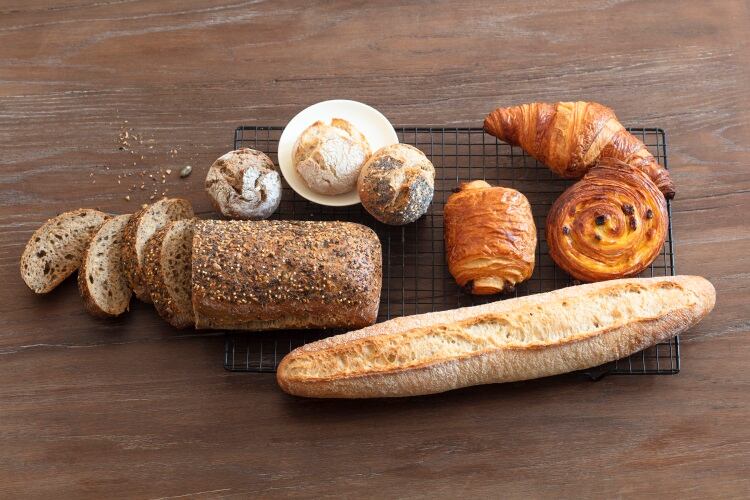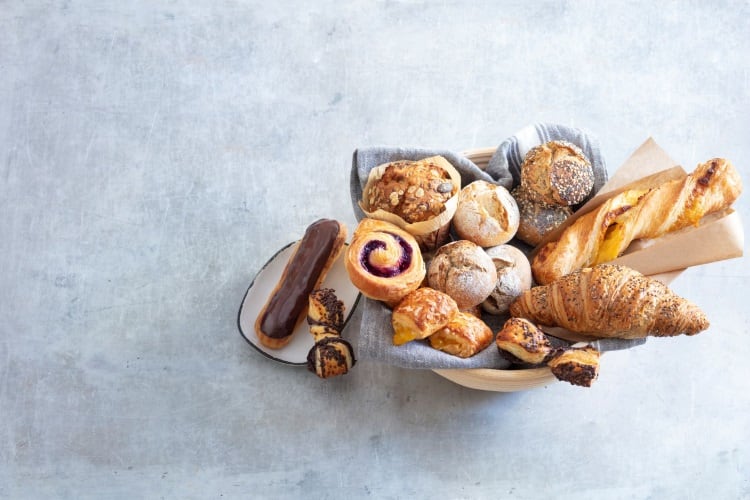Clean label was found to be a top consumer trend in the 2019 Puratos global Taste Tomorrow report, the world’s largest bakery, patisserie and chocolate consumer survey.
The trend for transparency, focus on health and greater interest in what goes into food has led to consumers checking labels more than ever before. The survey found 86% of people check labels, with 36% of people looking for details on preservatives and 33% checking information on artificial colourings and flavourings.
As a result of this growing interest, clean label is a focus across all Puratos products, said Philippa Knight, marketing director of Puratos UK, noting the company’s recently launched Sproutgrain Oats are a great example, made using just the grains, air, water and a natural fermentation process.
“Sourdough is another product proving of interest to consumers looking for cleaner label breads, due to its simple ingredient list of just flour, water and salt. To help producers make the most of this trend, Puratos offers a number of sourdough solutions, including sourdough powders made simply with fermented wheat flour, that can enhance the crumb and flavour of breads,” said Knight.
Improvers using enzyme technology is another way that can help customers achieve cleaner label declarations. Here, Puratos has taken inspiration from enzymes in nature to help bread retain freshness and softness in bread without the use of emulsifiers.
Clean or cleaner
Another producer to jump onto the clean label bandwagon is Délifrance, with a product portfolio that is either classed as ‘clean’ or ‘cleaner’, according to marketing director Stéphanie Brillouet.
“Clean items contain no additives apart from those on our green ingredient list, no hydrogenated fats, only certified palm oil if used, and cage-free eggs. All our RTB plain butter croissants and butter pains au chocolat made in our European factories are clean. Also clean is our Delifrance Héritage bread range made in France.”
On the other hand, she noted the company’s ‘cleaner’ products have had the recipe improved as much as possible and may contain one or more orange additives but no red additives in the list of ingredients, no artificial colour or flavour, only certified palm oil if used, no hydrogenated fats and no cage-eggs.
“This is what inspired us to launch our Go Clean programme in 2019 with three core commitments: to create simpler recipes by removing unnecessary ingredients; to source ingredients sustainably; and to improve the nutritional values of all our products while continuing to develop products in our Feel Good range that satisfy requirements such as organic, vegan, different flour types and inclusions with health benefits.
“We have also created a selection of delicious No Waste All Taste recipes to help operators create tasty dishes by upcycling yesterday’s bread or viennoiserie rather than throwing them away. Another Clean Label box successfully ticked,” said Brillouet.




